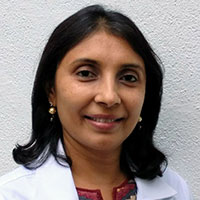Specialized Neurophysiologic evaluations made convenient.
At  , we
offer a comprehensive spectrum of diagnostic tests and second opinions, provided by a dedicated senior
clinical Neurophysiologist.
, we
offer a comprehensive spectrum of diagnostic tests and second opinions, provided by a dedicated senior
clinical Neurophysiologist.

Experienced Technicians
Our staff consists of highly trained and certified technicians and electromyographers with 6+ years of clinical experience.
15+ Tests Offered
We offer a spectrum of neurodiagnostic tests including EEG, EMG, NCS, RNS and many more. Each test is specialized and tailored to the patient's clinical profile.
Second Opinions
Second opinions are offered by a senior consultant when dilemmas exist about a test-clinical diagnosis mismatch. Our goal is to answer any questions you have about a diagnosis or treatment plan.
